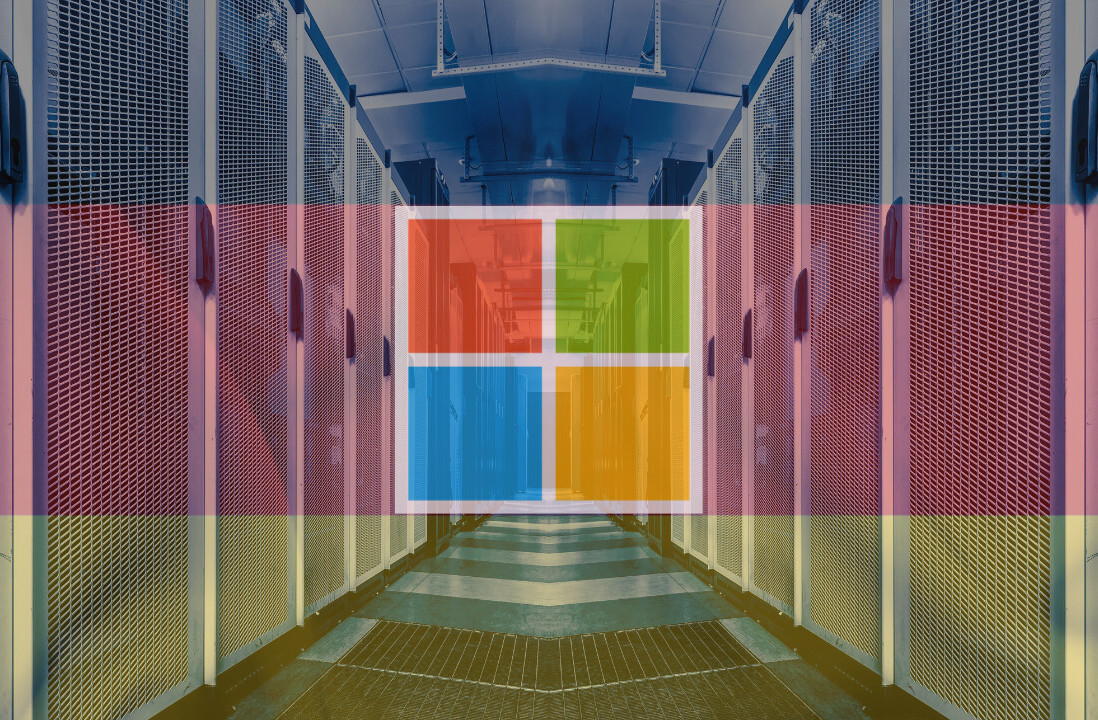
For a company that has worked so hard in recent years to curry favor with developers, Microsoft has certainly been annoyingly secretive about its plans for with Windows 8 and ARM.
As you well know, that Windows 8 will run on ARM chips has been a central selling and pitching point for the operating system. The gist is that as ARM chips are generally well suited for tablets, Windows 8 on an ARM tablet would be power-sipping, and therefore competitive. That Windows 8 consumes fewer resources, in theory, than Windows 7 is another nod in this direction.
However, just what these ARM tablets will be able to run in terms of software is a critical component of their potential salability, and therefore how well Windows 8 will be able to perform as a whole. There has been talk that only so-called ‘Metro Style Apps’ will work on ARM-based Windows 8 machines. That means the standard Windows desktop, and the applications that it runs, would be moot on the touch-centered machines. This may make sense, even if we don’t like it, for consumer friendly, low-priced tablets, but it certainly marks a shift in how Windows works.
Out today is new commentary and intrigue from The Verge, which adds to the mix of potentials:
The air of secrecy has created uncertainty for application developers and confusion for analysts and media who follow the company’s every move. So what happens if Microsoft isn’t removing the desktop, it’s just restricting it? That’s exactly what we are hearing the software giant plans to do.
Microsoft is said to be contemplating a restricted desktop for Windows 8 ARM involving trusted certificates for ARM desktop applications.
In this case, certain desktop apps would be allowed, but not all. Those apps which receive the needed certificate would be allowed, but not others, without a hack that will most certainly be written.
So, where does this leave developers? Nowhere in particular, and that’s the problem. It could be that Microsoft will restrict certificates for desktop ARM apps to only certain shops, leaving smaller and indie devs the only option of building Metro apps, sold through the Windows Store. In that scenario, Microsoft can command its 20% cut.
Microsoft needs to make public its plans for ARM-based Windows 8 tablets. Developers are currently stuck in a position of ignorance. As are consumers, and the press. Windows 8 on tablets has great potential, at least so far as we can tell. But this secrecy is not effective, it’s detrimental. You have to wonder why Microsoft won’t be upfront with the information: either desktop apps will work on ARM systems, or they will not (the idea of partial support is new, and we think, weak).
Microsoft told us at BUILD that the tablet interface for Windows 8 was not something that they glommed on, but that it was a core component of Windows. If it is core, certainly the desktop experience of Windows is core as well. Why jettison half the core? We don’t know, and Microsoft has been mum for too long on the issue.
Get the TNW newsletter
Get the most important tech news in your inbox each week.





